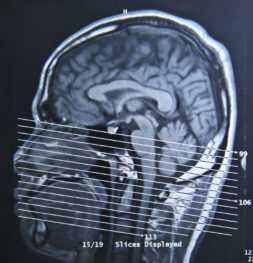The Supreme Court of Ohio has ruled that the estate of a former Notre Dame football player may proceed with their fraud and negligence claims, which allege that CTE is a “latent” disease and thus exempt from the typical statute of limitations.
The decision is noteworthy because, while negligence claims must usually be filed two years from the injury, “latent” diseases have a modified timeline: the two year time bar begins at the time an individual learned of the injury, not when the injury actually occurred. This is the first time a court has addressed the potential of treating CTE as a “latent” disease, which could allow thousands of other athletes around the country to proceed in their concussion-related injury suits at a variety of levels, from youth leagues to professional leagues.
As we have previously reported, Steven Schmitz, who passed away in 2015, only learned of the chronic traumatic encephalopathy (CTE) in December, 2012, less than two years before filing the suit.
Schmitz’s estate seeks to recover damages from the NCAA and Notre Dame, alleging severe injuries including cognitive decline, early onset Alzheimer’s disease, severe memory loss, traumatic encephalopathy and dementia. The estate claims that the injuries were caused by the repeated concussions Schmitz sustained during his time playing Notre Dame football from 1974 to 1978.
Despite keeping the case alive, the court noted that more fact-finding must occur to determine if and when Schmitz was on notice of his brain injury claims caused by the repeated concussions inherent to the sport.
Even amid the court’s careful pace in proceeding forward, many plaintiffs’ attorneys are celebrating a victory in the statute of limitations analysis.
Matthew Mitten, executive director of the National Sports Law Institute at Marquette University Law School in Milwaukee, rejoiced, “This case of first impression recognizes that sports concussions may have latent effects not medically diagnosed until many years thereafter. It opens the door to timely-filed tort claims against sports leagues, governing bodies, and teams by athletes who didn’t know or should have known their neurological impairments were caused by their wrongful conduct while playing the sport until recently.”

